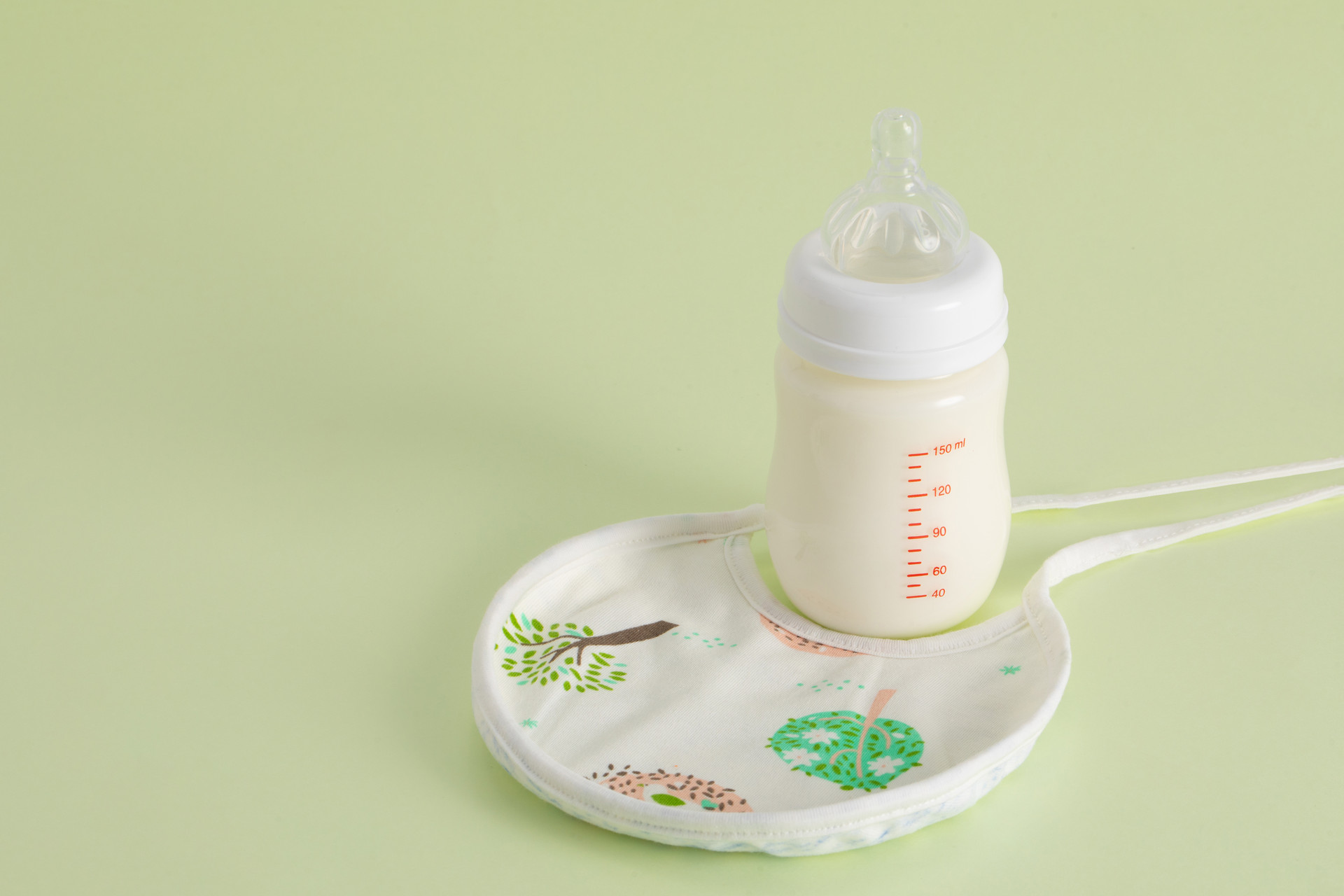After 4 months of age, babies need to be introduced to solid foods while still being breastfed. The first purpose of introducing solid foods is to meet the baby's growth and development needs. The infancy period is the fastest period of growth and development for children, and they require a significant amount of calories and nutrients. In the first 4 months after birth, breast milk is the best natural food for babies, but after 4 months, breast milk alone cannot fully meet the baby's needs for calories and nutrients.
By 5-6 months of age, the iron stores in a baby's body from the mother have been depleted and need to be replenished through food. However, the iron content in breast milk is limited. If babies between 4-5 months of age do not receive timely introduction of iron-rich foods such as fish puree, egg yolk, and animal liver, they may develop iron deficiency anemia. Another purpose of introducing solid foods is to prepare the baby for weaning. Generally, babies are weaned by 8-10 months of age. If breastfeeding continues beyond that, the quality of the milk decreases and can affect the baby's health. Introducing solid foods helps the baby become familiar with and accustomed to the taste and texture of various foods, eventually replacing breast milk.
Due to the baby's poor digestive capacity, the following points should be noted when introducing solid foods.
① Start with small amounts and gradually increase: For example, when introducing egg yolk, start with 1/4 of a yolk. After 4-5 days, if the baby's bowel movements are normal, increase to 1/2 of a yolk, and gradually increase to a full yolk.
② Start with thin consistency and gradually thicken: When feeding the baby cereal, start with rice soup, then move on to rice porridge, then thin congee, followed by thick congee and soft rice.
③ Start with finely mashed foods and gradually introduce coarser textures: When introducing vegetables, start with mashed vegetables like amaranth puree or cabbage puree. When introducing liver, start with mashed liver.
④ Start with one type of food and gradually introduce multiple types: Initially, only introduce one type of solid food at a time. Once the baby is accustomed to it, introduce another type. Introducing several new foods at once can often lead to poor digestion and absorption in babies. Gradually introduce 2-3 mixed foods later on. If the baby is sick, it is not advisable to introduce new solid foods, or to stop or pause the introduction. Sometimes babies may be reluctant to accept new solid foods, in which case it is okay to try again after 1-2 days. It is important not to force-feed or assume that the baby dislikes certain foods and therefore stop offering them. It is necessary to cultivate the baby's acceptance of various foods.
⑤ Use a spoon to feed the solid foods: Do not put rice powder, milk cake, fruit puree, vegetable puree, etc. in a bottle for the baby to suck on.
⑥ Recommended order and types of solid foods: Generally, start with rice-based foods such as rice powder, wheat powder, baby rice cereal, and milk cereal. Once the baby is accustomed to these, introduce egg yolk, fish puree, and fruit puree. At 5-6 months of age, babies can eat thin congee, soft noodles, egg custard, vegetable puree, and bean puree.











